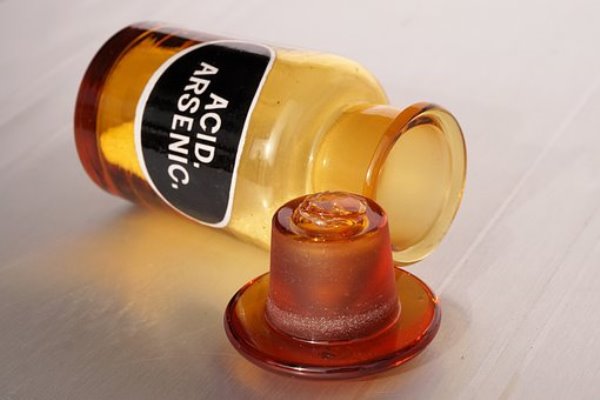EFSA has published an updated risk assessment on inorganic arsenic in food based on new data on the potential exposure of consumers.
|
Links:
Neue Höchstgehalte für anorg. Arsen (Asi)
Author: Dr Frank Mörsberger

EFSA has published an updated risk assessment on inorganic arsenic in food based on new data on the potential exposure of consumers.
|
Links:
Neue Höchstgehalte für anorg. Arsen (Asi)
Author: Dr Frank Mörsberger

We are only satisfied when you are! The relentless commitment to delivering reliable and timely results is what distinguishes AGROLAB's laboratories. Since its founding, AGROLAB has stood for excellent service in analysis.
Expert advisors, free additional services, and more. AGROLAB stands for excellent service.
Learn more
Fast, affordable, and professional sampling by AGROLAB - across all of Germany.
Learn more
Materials for sampling and sample collection. Fast, easy, and available across Europe.
Learn more
Our online portal simplifies and speeds up the processing of your analysis. Get informed now.
Learn more